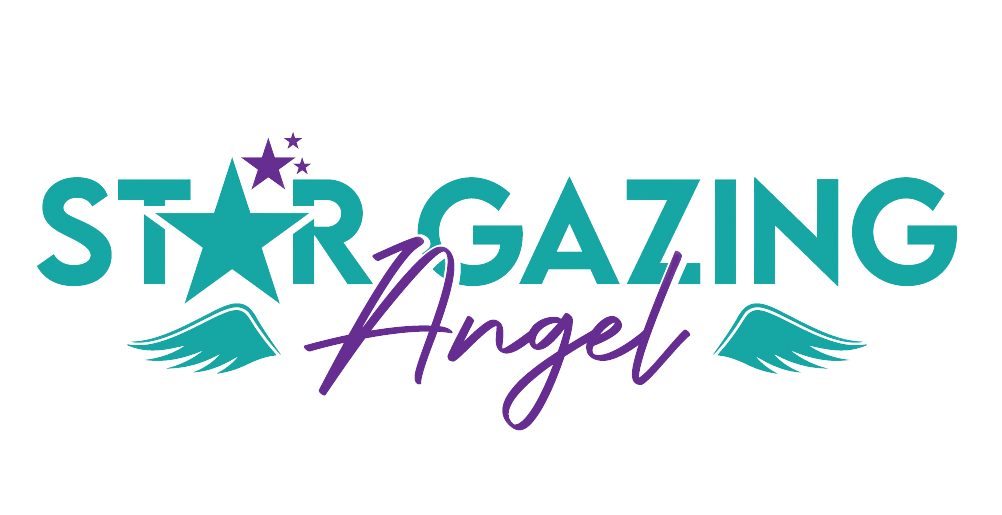Reiki is a holistic energy healing practice that promotes healing on physical, emotional, mental, and spiritual levels. Here are some common explanations of how Reiki is thought to facilitate healing:
- Balancing Energy Flow: Reiki practitioners believe in the existence of a universal life force energy that flows through all living beings. The goal of Reiki is to balance and enhance the flow of this energy. When energy is balanced, it is believed to support the body’s natural ability to heal itself.
- Stress Reduction: Reiki sessions often induce a state of deep relaxation, which can help reduce stress and tension. Stress is known to contribute to various health issues, and relaxation is a key component of the body’s healing response.
- Energetic Clearing: Practitioners use their hands to channel Reiki energy, directing it to areas of the body where it is needed. This process is thought to clear energetic blockages and release stagnant energy, promoting a harmonious flow of vital life force energy.
- Promoting Self-Healing: Reiki is considered a complementary therapy that supports the body’s natural healing mechanisms. By creating a conducive environment for healing, Reiki is believed to facilitate the body’s ability to repair and restore itself.
- Emotional and Mental Wellbeing: Reiki is not only about physical healing but also addresses emotional and mental aspects. It is believed to help release emotional blockages, alleviate mental stress, and promote a sense of inner peace and clarity.
- Chakra Balancing: Reiki practitioners often work with the body’s energy centers, known as chakras. Balancing these energy centers is thought to contribute to overall well-being and healing.
- Pain Management: Some individuals report experiencing pain relief after Reiki sessions. While the exact mechanisms are unclear, it may be related to the relaxation response, improved energy flow, and the release of tension.

2 Comments
Dear Reiki Instructor
I have an emotional blockage in my core that requires unblocking. I sense a need for healing in my body due to prolonged emotional suppression and the accumulation of unresolved feelings over the years.
It is imperative to release my emotional burdens and purify my being to restore a sense of renewal. I yearn for the return of joy, love, and emotional equilibrium.
Which one will be the best to make a appointment?
Regards,
Hi Obispo, a good start would be Reiki energy healing!